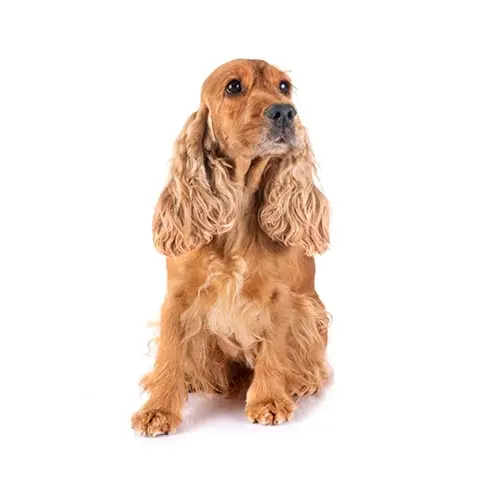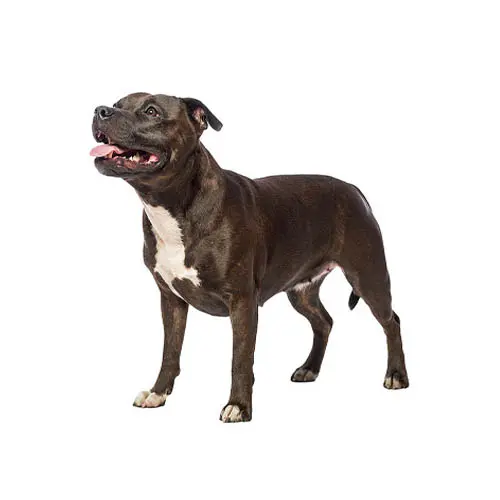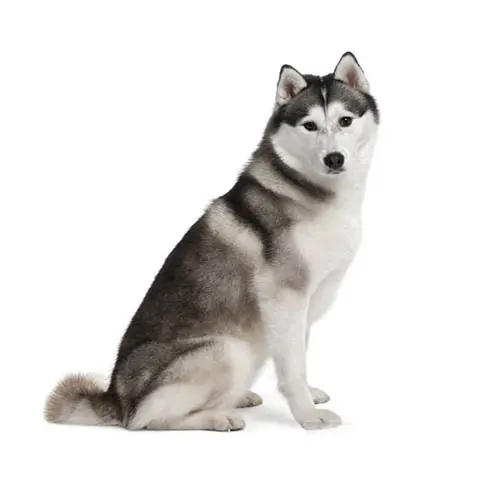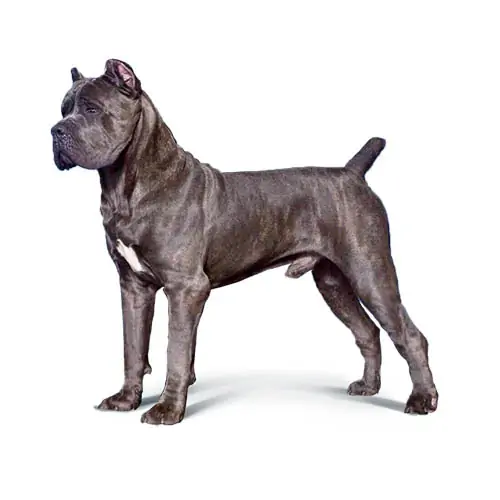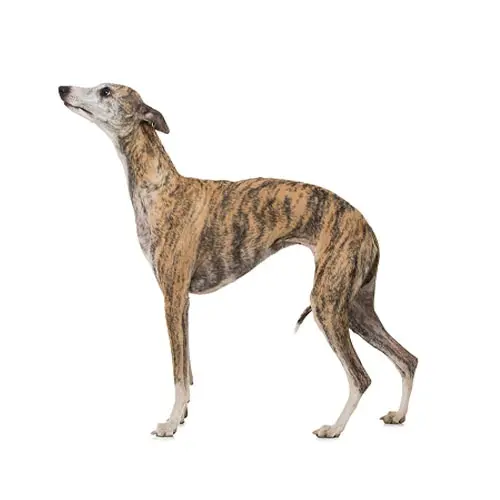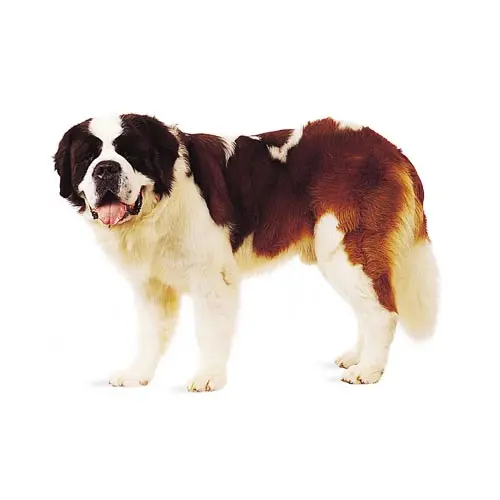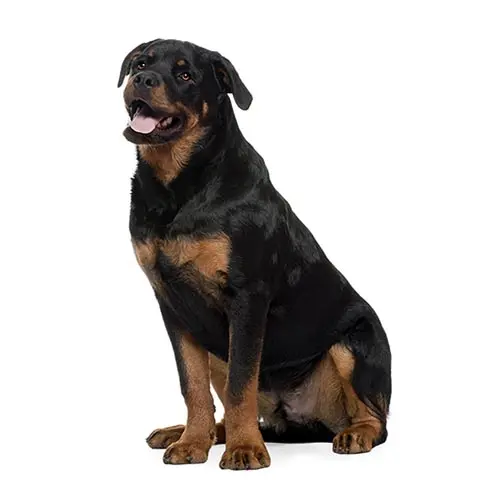x
Home
Dog Food
Starter & Puppy Food
Adult Food
Pure Breed Food
Wet Food
Prescription Diet
Dog Supplement
All Supplements
Liver / Kidney / Cardiac Care
Dewormer
Digestive / Neurologic
Tick & Flea Solutions
Multi Vitamin & Calcium
Joint / Immunity Care
Coat & Skin Supplements
Dog Grooming
Shampoos & Conditioners
Ear & Eye Care
Brushes
Combs
Groomimg Tools
Dry Bathing
Deodorizers
Bath Accessories
Muzzles
Oral-Care
Dog Treats
All Treats
Treats Combo
Biscuits
Chew Bones
Dog Toys
Squeaky & TPR Toys
Rope Toys
Chew Toys
Interactive Toys
Plush Toys
Collars & Leashes
Collars
Chains
Harness
Dog Leashes
Elizabeth Collar (Surgical Collar)
Collar & Leash Set
Harness & Leash Set
Bowls & Feeders
Plastic Bowls
Steel Bowls
Water Feeder
Dog Cleaning
Diapers
Waste Management
Training Pads
Wipes
Dog Apparel
Fashion Wear
Footwear
Bows, Tie, Bandanas
T-shirts & Shirts
Name Tag & Pendant
Winter Collection
Dog Beds
Mats
Cooling Mat
All Bed
Cages & Carrying Bags
Cages
Carrying Bags
Bowls / Feeders
Steel Bowl
Plastic Bowl
Water Feeders
Cat Food
All Cat Dry Foods
Cat Wet Food
Cat Bedding
Cat Bed
Cat Treats
All Cat Treats
Creamy Treats
Crunchy Treats
Cat Grooming
Cat Shampoo
Cat Grooming Tools
Tick & Flea Care
Cat Supplement
All Cat Supplements
Deworming
Coat & Skin Care
Cat Toys & Accessories
All Cat Toys & Accessories
Coller & Harnesses
Carriers & Travel Supplies
Bird Food
All Bird Food
Bird Supplements
All Bird Supplements
Bird Hand Feeding
All Bird Hand Feeding
Bird Toys & Accessories
All Bird Accessories
Pigeon Supplements
All Pigeon Supplements
Small Pets Food
All Small Pets Food
Small Pets Toys & Accessories
All Small Pets Toys & Accessories
Small Pet Supplements
Small pets Supplements
Blog

 0
0 
Helpline (10AM to 8PM): +91 9073979774
Email: info@petindiaonline.com
Email: info@petindiaonline.com
